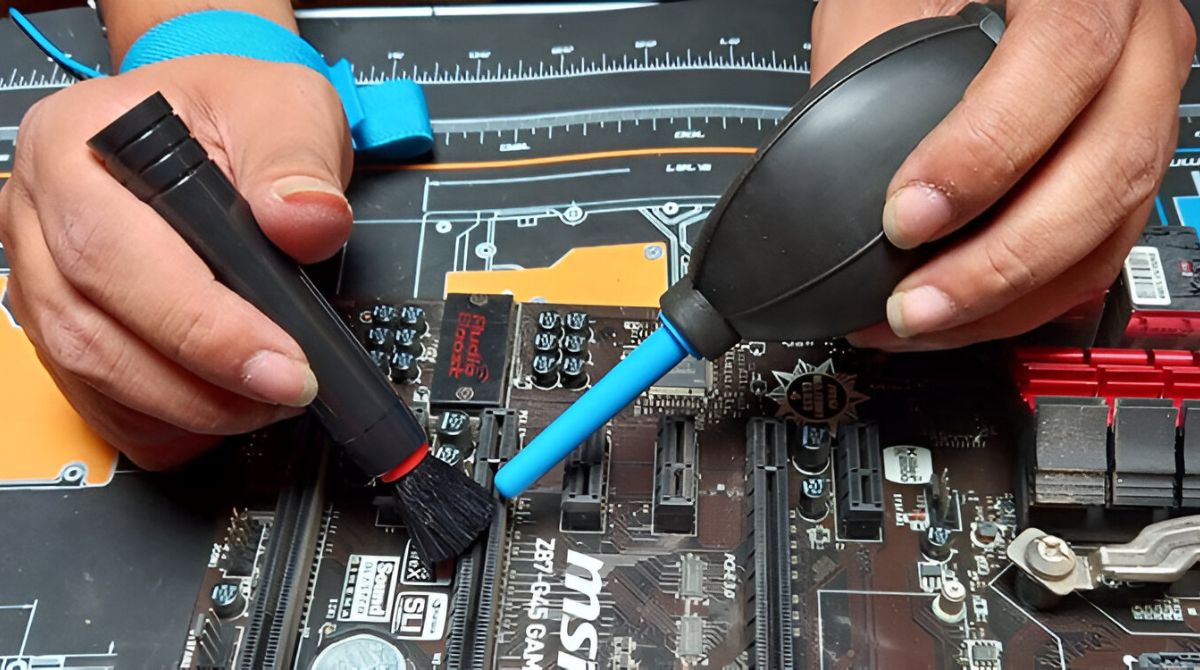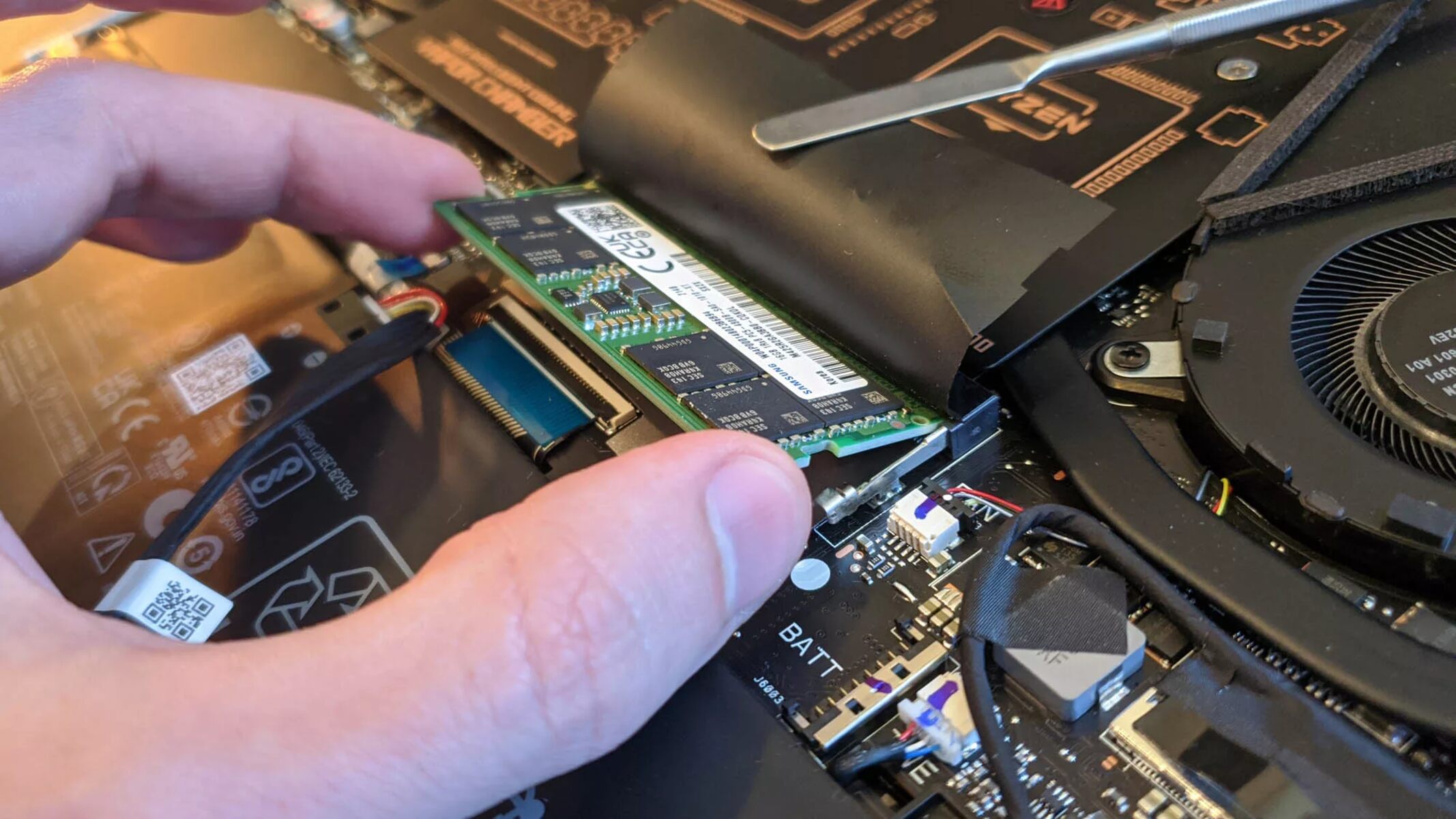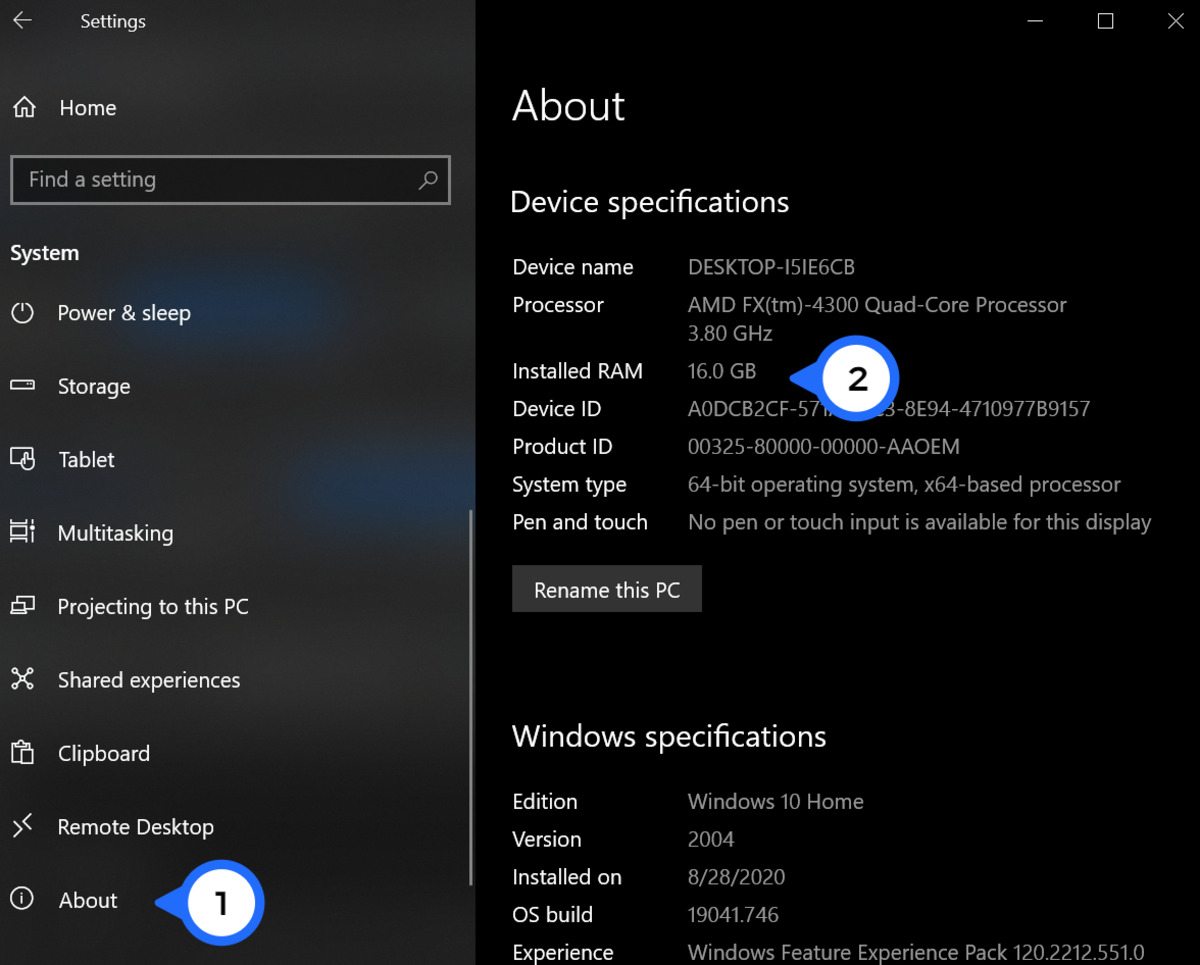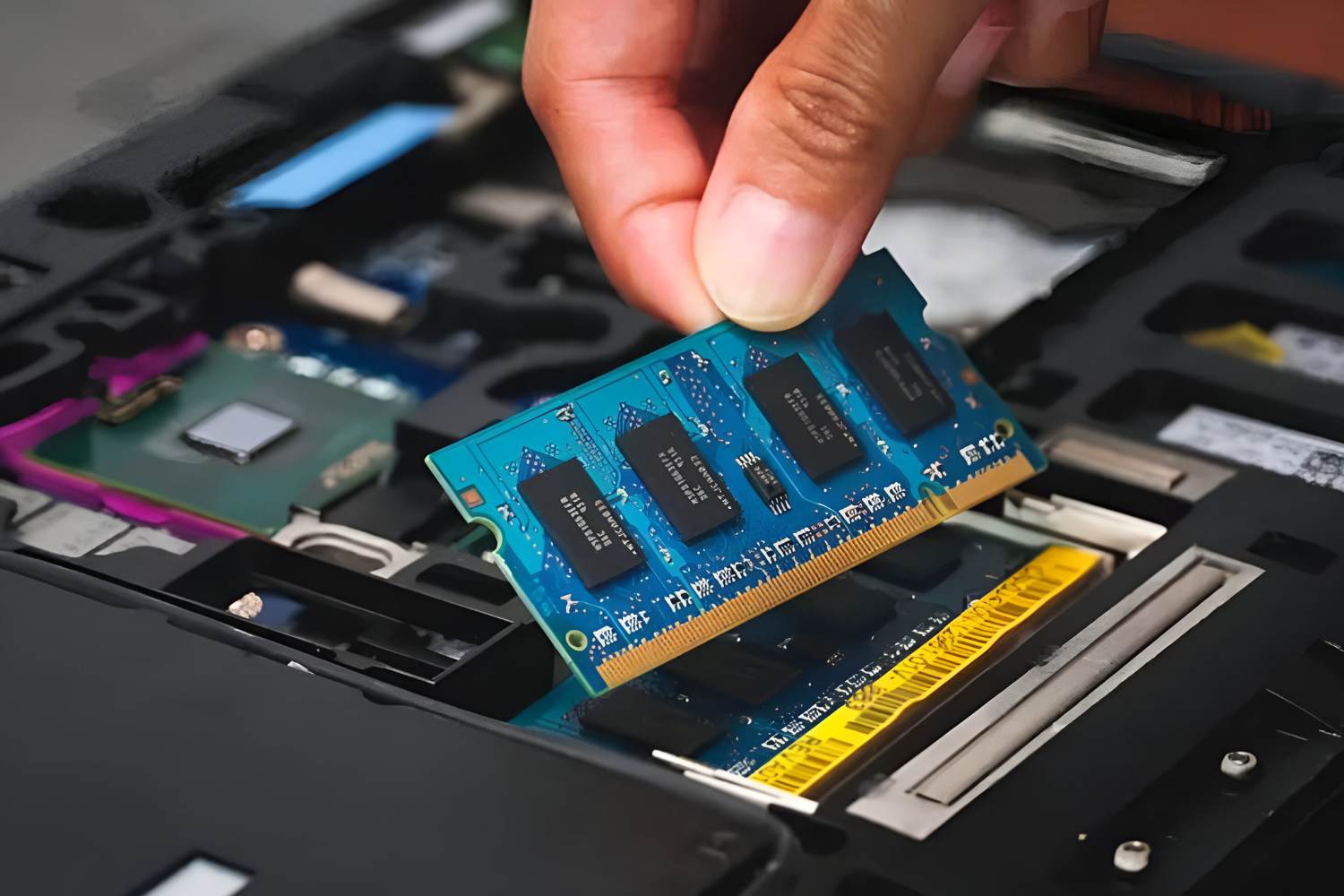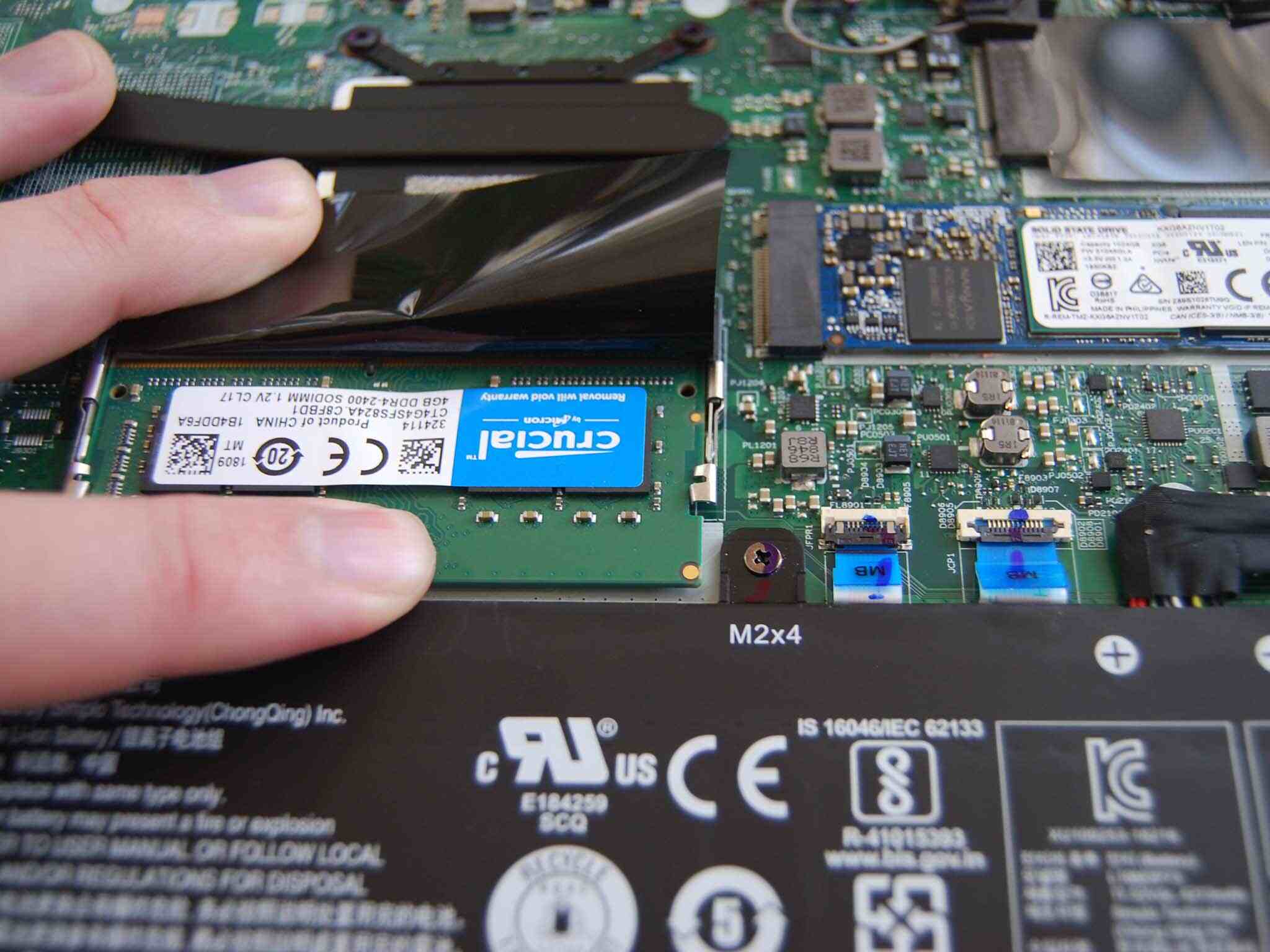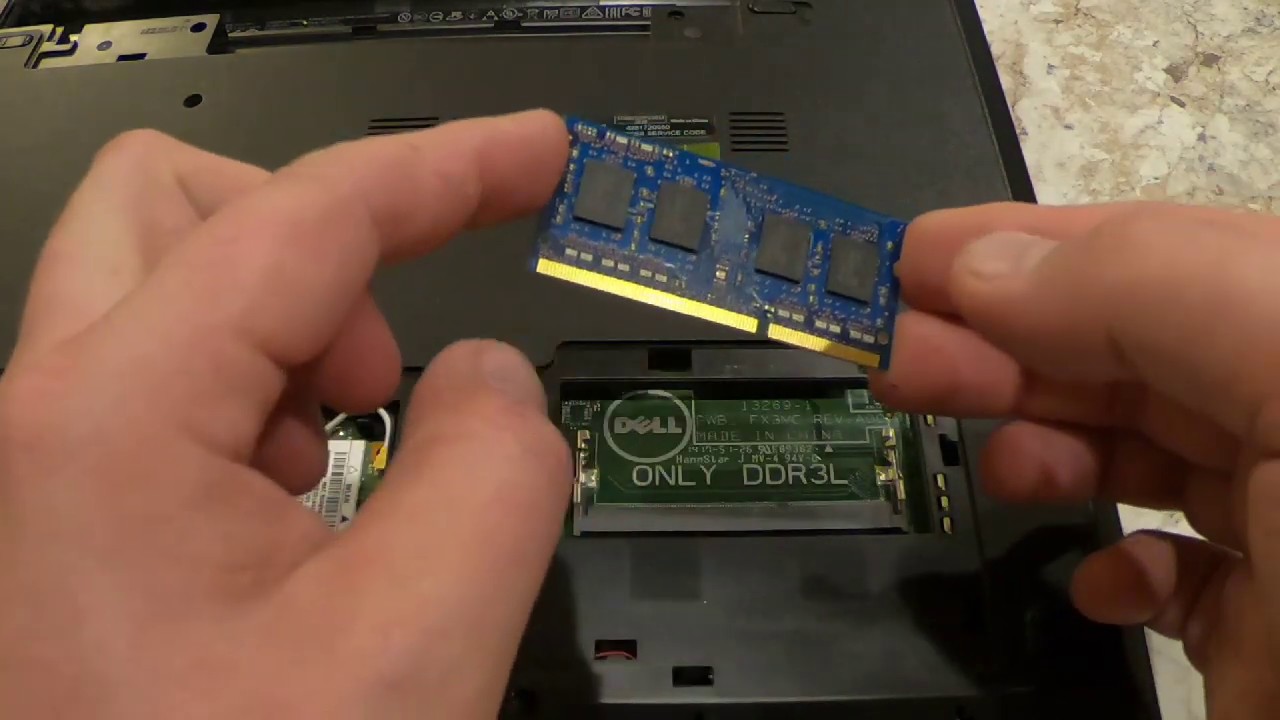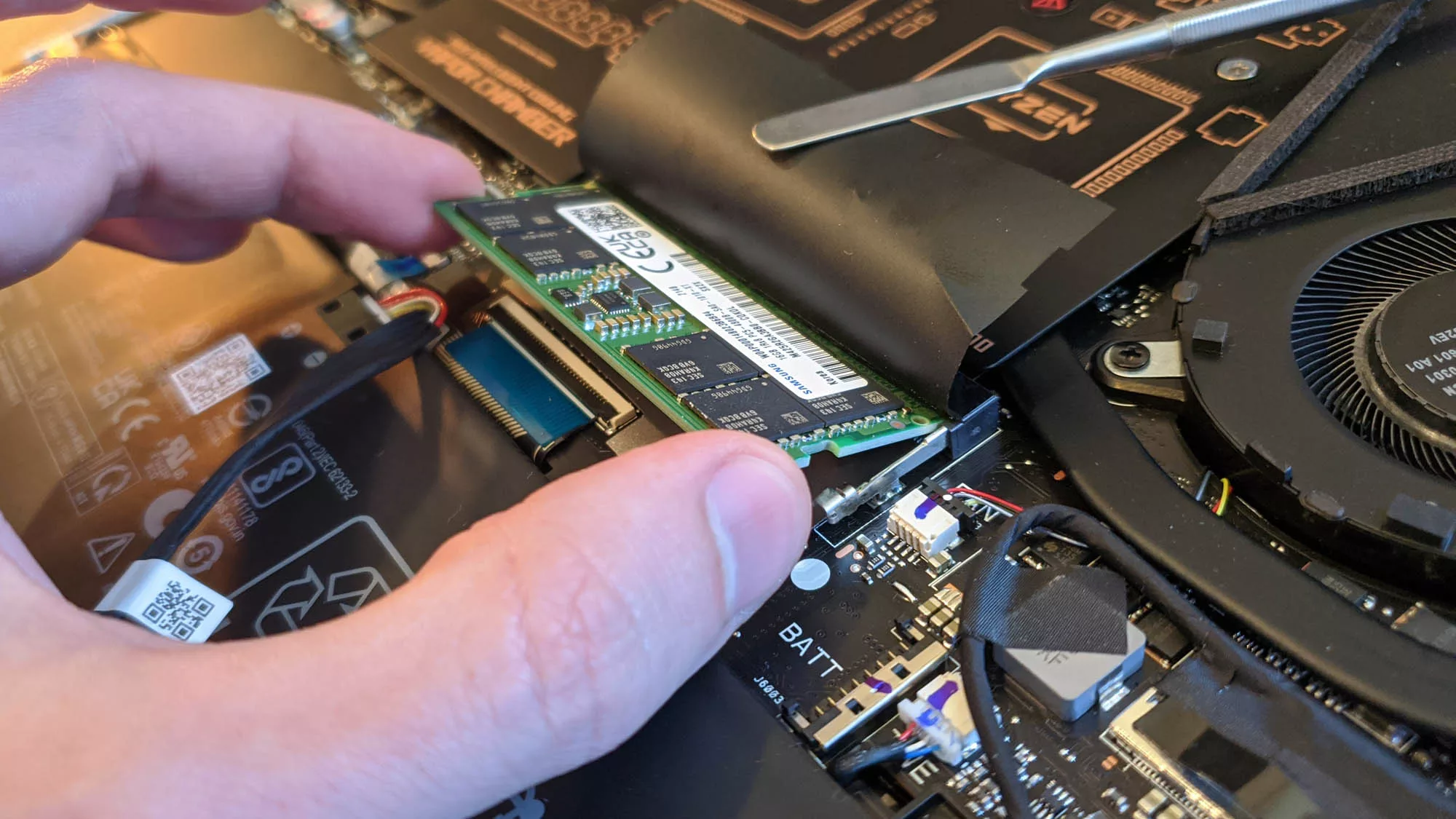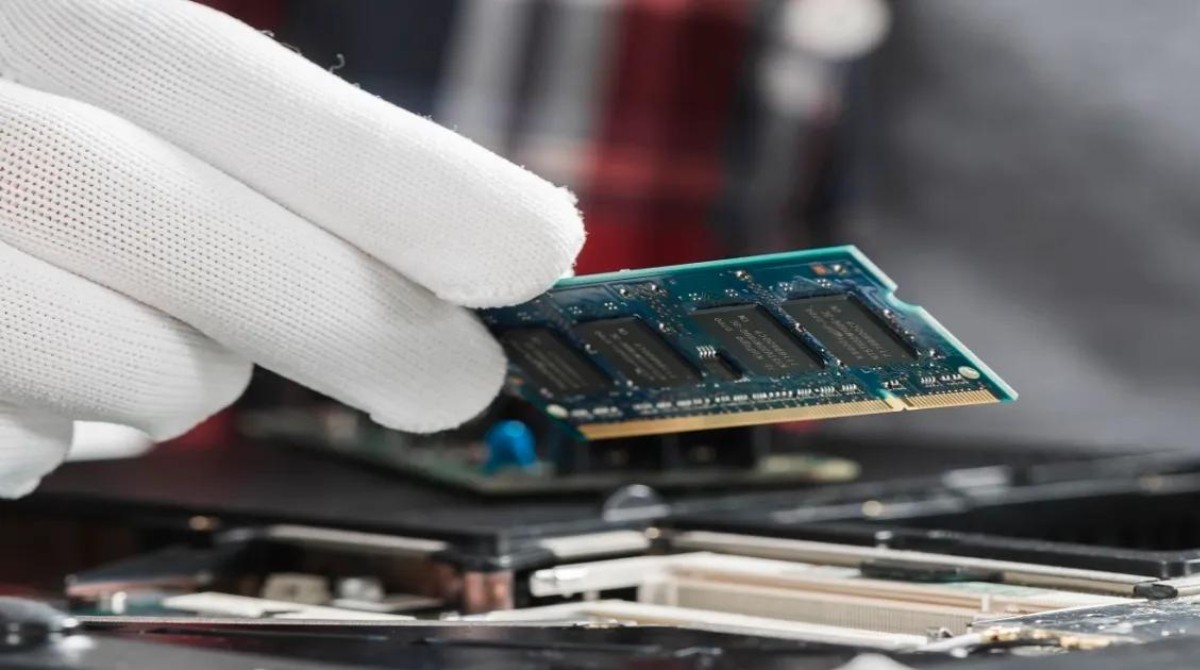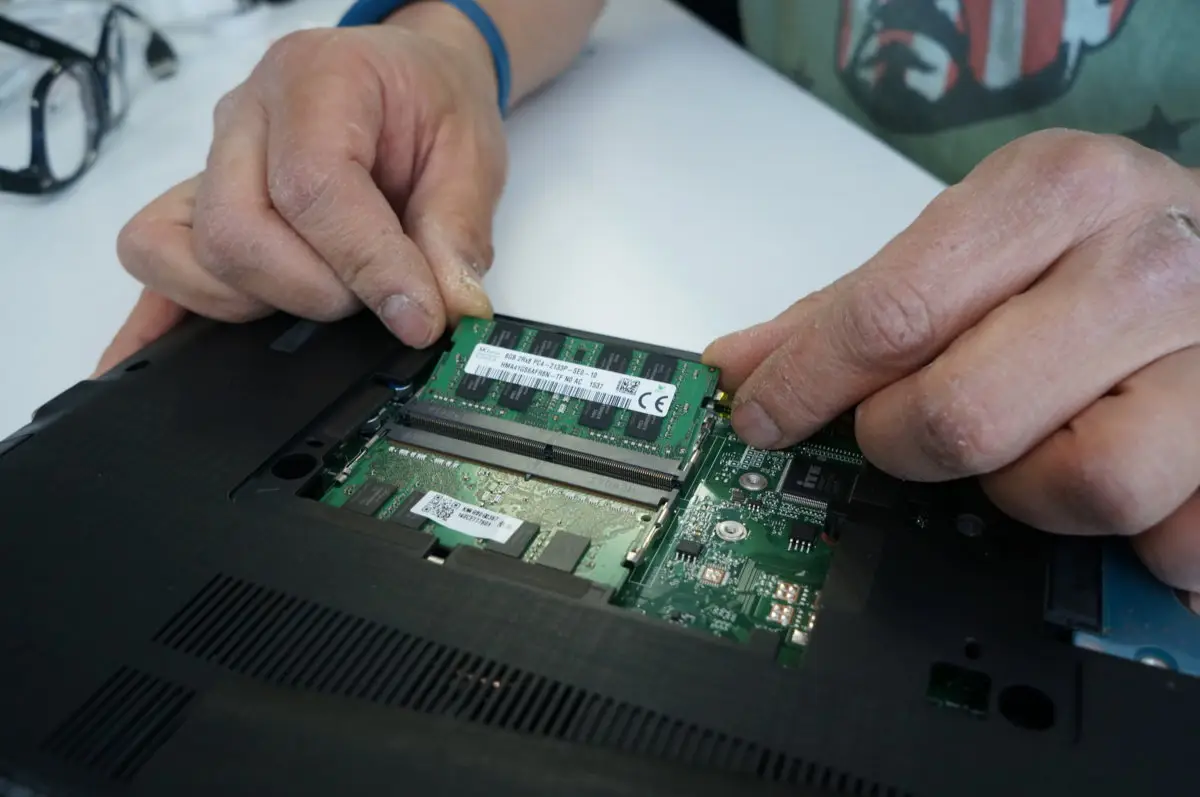Signs of a Faulty RAM Slot
A RAM slot is a crucial component of a computer’s motherboard that holds the memory modules. If a RAM slot is not working properly, it can lead to various performance issues and system errors. It is important to recognize the signs of a faulty RAM slot so that you can take appropriate actions to resolve the problem.
Here are some common signs that indicate a RAM slot may not be functioning correctly:
- Random system crashes: If your computer crashes frequently or experiences sudden reboots without any apparent reason, it could be due to a faulty RAM slot. The RAM module may not be properly seated, or the slot itself may be damaged.
- System freezes: A non-working RAM slot can cause your computer to freeze or become unresponsive. When you experience frequent freezes, especially during resource-intensive tasks, it is worth investigating the RAM slot as a potential culprit.
- Memory errors: Faulty RAM slots can lead to memory errors that manifest as blue screen errors or system warnings. These errors often indicate issues with data being written or read from the RAM module.
- Uneven performance: A faulty RAM slot can result in uneven performance, such as slow-loading applications or noticeable lag when multitasking. If your computer’s performance seems inconsistent despite having an adequate amount of RAM, a problematic RAM slot could be the cause.
- Failed memory tests: Memory diagnostic tools can help identify issues with RAM slots. If you run such tests and receive errors specifically related to a particular RAM slot, it suggests that the slot is not functioning correctly.
It is crucial to note that these signs may not always indicate a faulty RAM slot. Other factors, such as incompatible RAM modules or improper installation, can also cause similar symptoms. Therefore, it is essential to perform further troubleshooting to confirm if the RAM slot is indeed the problem.
Common Causes of RAM Slot Failure
A RAM slot can fail for various reasons, resulting in improper functioning or complete non-functionality. Understanding the common causes of RAM slot failure can help you identify and potentially prevent such issues in the future.
Here are some of the most common causes of RAM slot failure:
- Physical damage: Physical damage to the RAM slot, such as bent pins or broken connectors, can cause it to malfunction. Mishandling or improper installation of RAM modules can lead to such damage.
- Electrostatic discharge (ESD): ESD is the sudden flow of electricity between two objects with different charges. If you handle RAM modules without proper ESD precautions, it can damage the RAM slot and make it inoperable.
- Overheating: Excessive heat can cause a RAM slot to malfunction. Inadequate cooling or overclocking the RAM modules beyond their recommended limits can lead to overheating and potential damage to the RAM slot.
- Power surges: Power surges can occur due to electrical fluctuations or unstable power supply. If your computer is not protected by a surge protector, it is vulnerable to sudden power surges that can damage the RAM slot.
- Manufacturing defects: Although relatively rare, manufacturing defects can lead to faulty RAM slots. These defects may include PCB (Printed Circuit Board) issues, soldering problems, or other manufacturing errors.
It is worth noting that while these factors can contribute to RAM slot failure, they are not always the direct cause. Sometimes, RAM slots can fail without any obvious external factors. Nevertheless, taking precautions to prevent physical damage, protecting your system from power surges, and ensuring proper cooling can help minimize the risk of RAM slot failure.
How to Troubleshoot a Faulty RAM Slot
If you suspect that one of your RAM slots is not working correctly, it is essential to troubleshoot the issue before taking any further steps. Here are some steps you can follow to troubleshoot a faulty RAM slot:
- Swap RAM modules: Start by removing all the RAM modules from the faulty slot and inserting them into a different slot. If the RAM modules work fine in the other slot, it indicates that the RAM modules are not the issue, but rather the specific slot.
- Test individual RAM modules: To further narrow down the problem, test each RAM module individually. Insert one RAM module into the suspected faulty slot, and if the system fails to boot or exhibits issues, it suggests that particular RAM module or the slot is faulty.
- Inspect the slot for physical damage: Carefully examine the faulty RAM slot for any physical damage, such as bent pins or debris. Clean the slot gently with compressed air and ensure that there is no obstruction preventing proper contact between the RAM module and the slot.
- Try a different RAM module: If you have access to a spare or compatible RAM module, try inserting it into the suspected faulty slot to determine if the issue lies with the slot or the specific RAM module. If the new module works fine in the slot, it indicates that the original RAM module is faulty.
- Update BIOS: In some cases, outdated or incompatible firmware can cause RAM slot issues. Check for BIOS updates from your motherboard manufacturer’s website and update your system’s BIOS if necessary.
It is important to note that troubleshooting RAM slots requires a certain level of technical knowledge, and it is always recommended to consult the documentation or seek professional assistance if you are unsure about any steps.
Steps to Fix a Non-Working RAM Slot
Fixing a non-working RAM slot can be a challenging task, and it may not always be possible to repair the slot on your own. However, here are some steps you can try to potentially fix the issue:
- Clean the slot: Use compressed air or a soft brush to clean the RAM slot, removing any dust or debris that may be causing poor contact. Ensure that there are no bent pins or other visible damage.
- Reseat the RAM module: Carefully remove the RAM module from the non-working slot and firmly reinsert it, ensuring that it is correctly seated. Sometimes, a loose connection can cause the slot to appear non-functional.
- Try different insertion angles: While inserting the RAM module, try slightly changing the insertion angle. This can help establish a better connection between the module and the slot.
- Use a RAM slot repair kit: Some specialized repair kits are available that offer solutions for repairing damaged RAM slots. These kits typically include conductive adhesive or soldering tools to fix broken connectors. Follow the instructions carefully when using such kits.
- Consult a professional: If the above steps do not yield any positive results, it is recommended to seek professional help. A computer technician or a motherboard specialist may have the expertise and tools required to repair or replace the faulty RAM slot.
It is crucial to exercise caution when attempting to fix a non-working RAM slot. Mishandling or improper repair attempts can potentially cause further damage to the slot or other components of the motherboard. In some cases, it may be more cost-effective and efficient to consider replacing the entire motherboard instead.
When to Consider Replacing the Motherboard
While troubleshooting and attempting to fix a non-working RAM slot can be worth the effort, there are situations where replacing the motherboard becomes a more viable option. Here are some scenarios to consider when deciding to replace the motherboard:
- Multiple non-working RAM slots: If more than one RAM slot is non-functional, it indicates a broader issue with the motherboard. In such cases, it may be more practical and cost-effective to replace the motherboard instead of attempting to repair individual slots.
- Extensive physical damage: If the motherboard has suffered extensive physical damage, such as a bent or damaged CPU socket or numerous broken connectors, it can hinder proper functionality. In such cases, replacing the motherboard is often the best solution.
- Outdated or incompatible hardware: If your current motherboard is incompatible with newer hardware components, such as high-speed RAM modules or the latest processors, it may be necessary to upgrade to a new motherboard that supports the desired hardware.
- Persistent issues despite attempted repairs: If you have diligently followed troubleshooting steps, including cleaning, reseating, and attempting to repair the non-working RAM slot, but the issue persists, it indicates a more complex problem. In such cases, replacing the motherboard is likely the most effective solution.
- Desire for better performance or features: If you are looking to enhance your computer’s performance or want to take advantage of new features, upgrading to a new motherboard can be beneficial. Newer motherboards often offer improved compatibility, faster data transfer speeds, and additional expansion slots.
Before making a decision to replace the motherboard, it is important to assess the overall cost, compatibility with other components, and your specific needs. It is recommended to consult with a computer technician or expert to ensure that the chosen motherboard is suitable for your system and meets your requirements.
Conclusion
A non-working RAM slot can be a frustrating issue to deal with, as it can affect the performance and stability of your computer. Identifying the signs of a faulty RAM slot, understanding the common causes of failure, and troubleshooting the problem are essential steps in resolving the issue.
If you notice signs of a faulty RAM slot, such as random system crashes, system freezes, memory errors, or uneven performance, it is crucial to follow the appropriate troubleshooting steps. By swapping RAM modules, testing individual modules, inspecting the slot for physical damage, and updating the BIOS, you can narrow down the problem and potentially fix the issue.
However, if these steps do not yield positive results or if there are multiple non-working RAM slots, extensive physical damage, or outdated hardware compatibility issues, it may be more practical to consider replacing the motherboard. Upgrading to a new motherboard can not only resolve the non-working RAM slot issue but also provide the opportunity for improved performance and modern features.
Remember to exercise caution when attempting to fix a non-working RAM slot and seek professional help if needed. Mishandling or improper repair attempts can potentially cause further damage to the slot or other components of the motherboard.
Ultimately, the decision to fix or replace a non-working RAM slot depends on the specific circumstances and your budget. Evaluate the cost-effectiveness, compatibility, and your overall requirements before making a decision. With the right approach and expert assistance, you can overcome the challenges of a faulty RAM slot and ensure the smooth functioning of your computer system.







